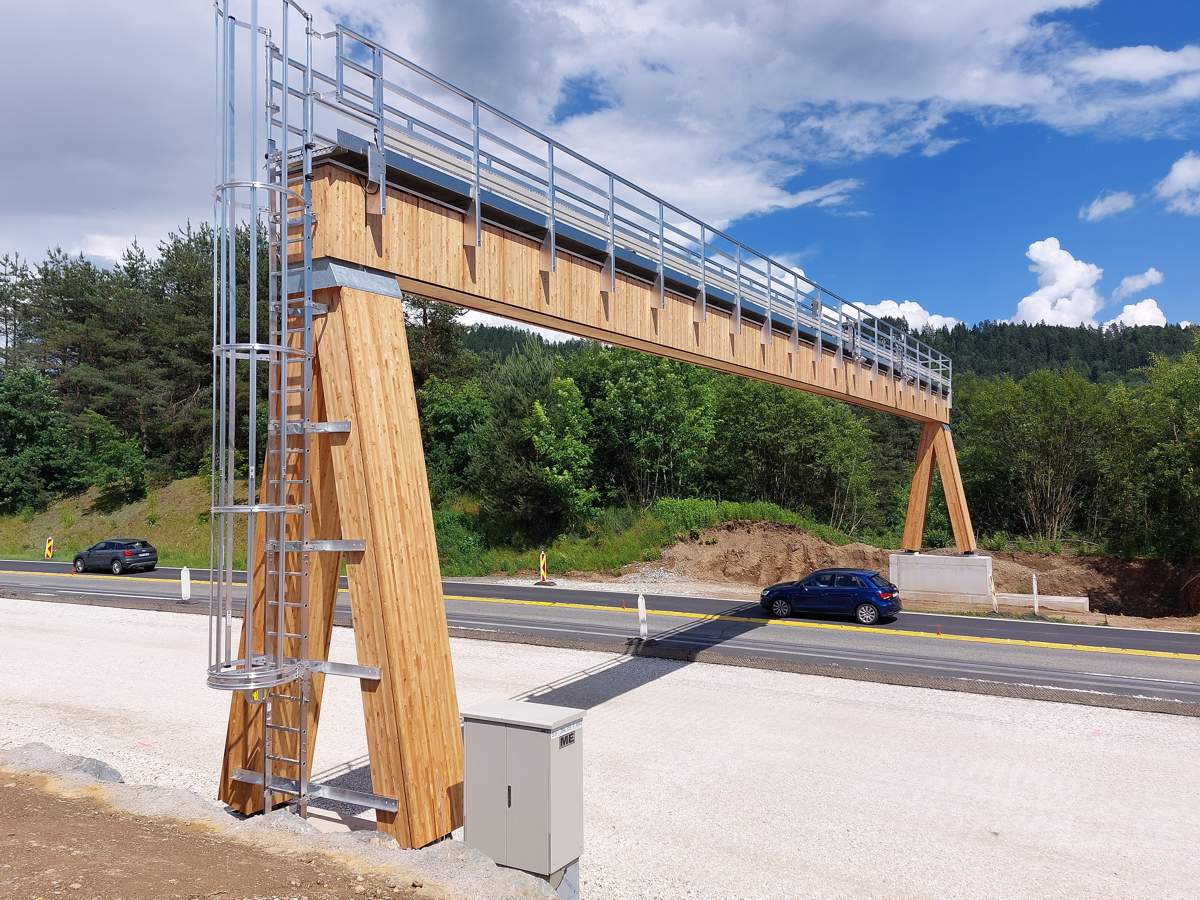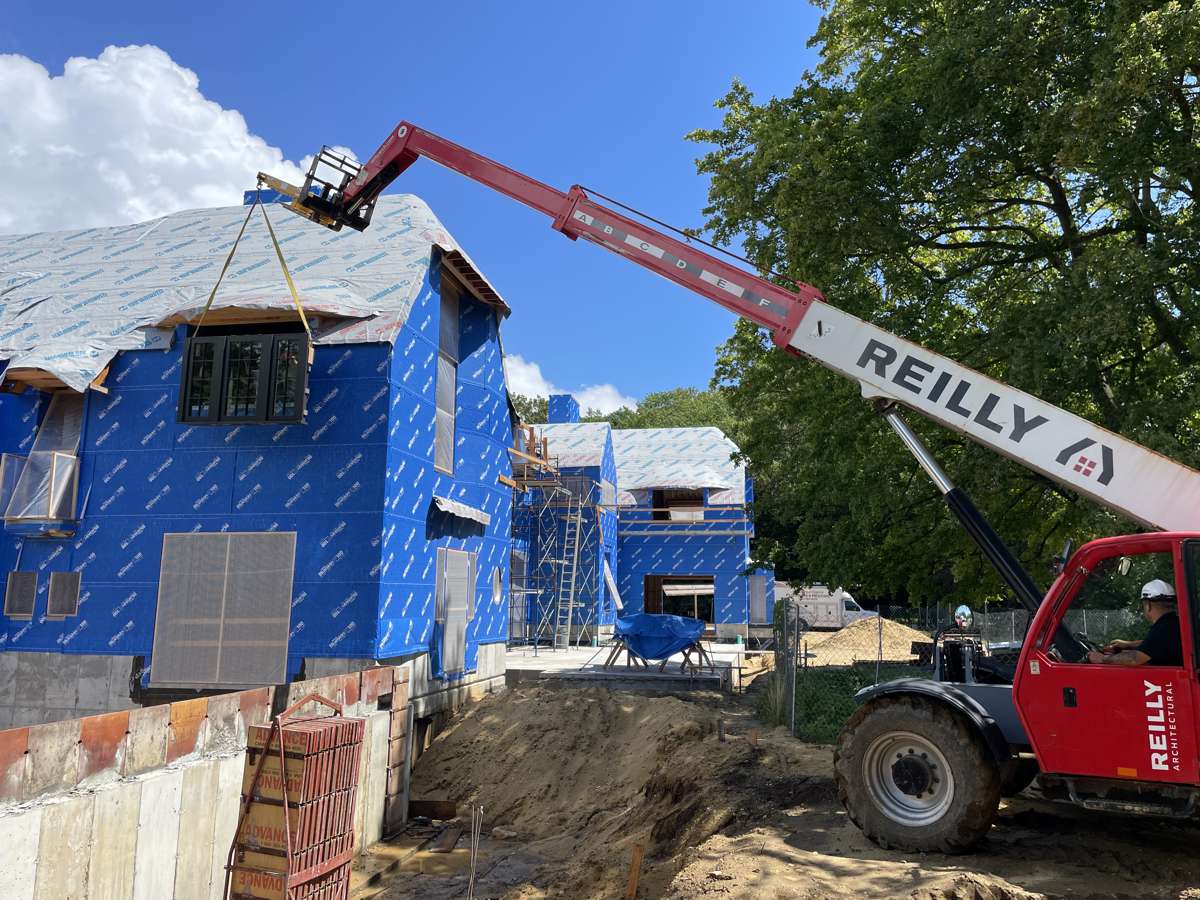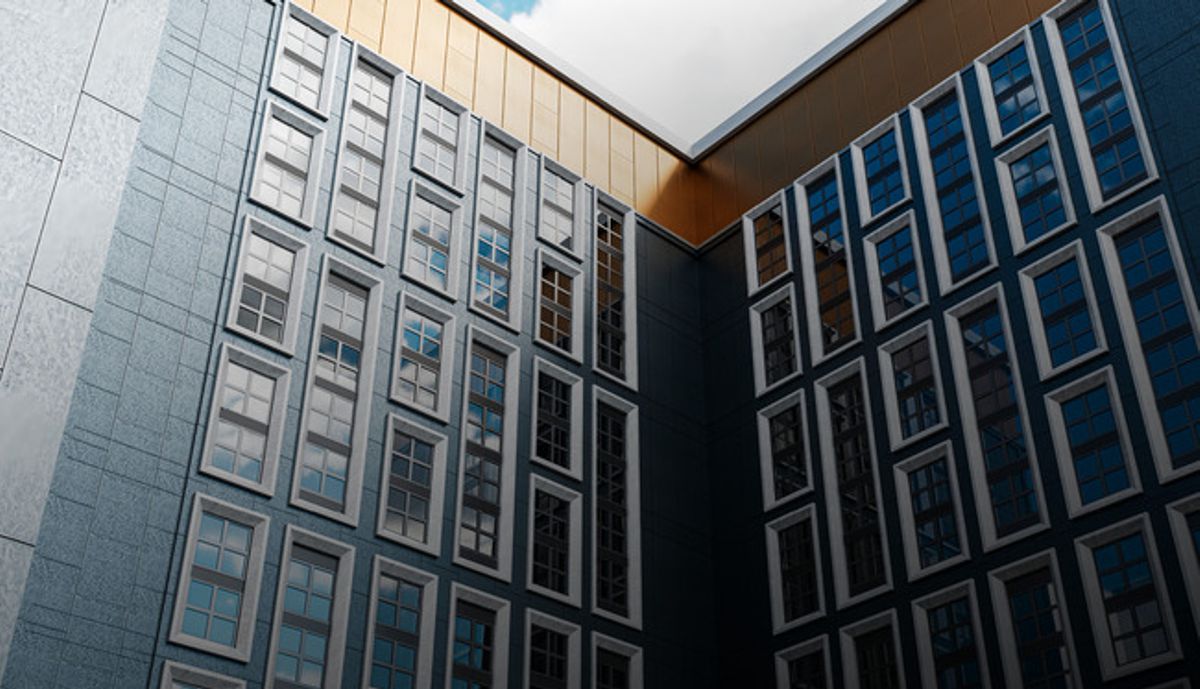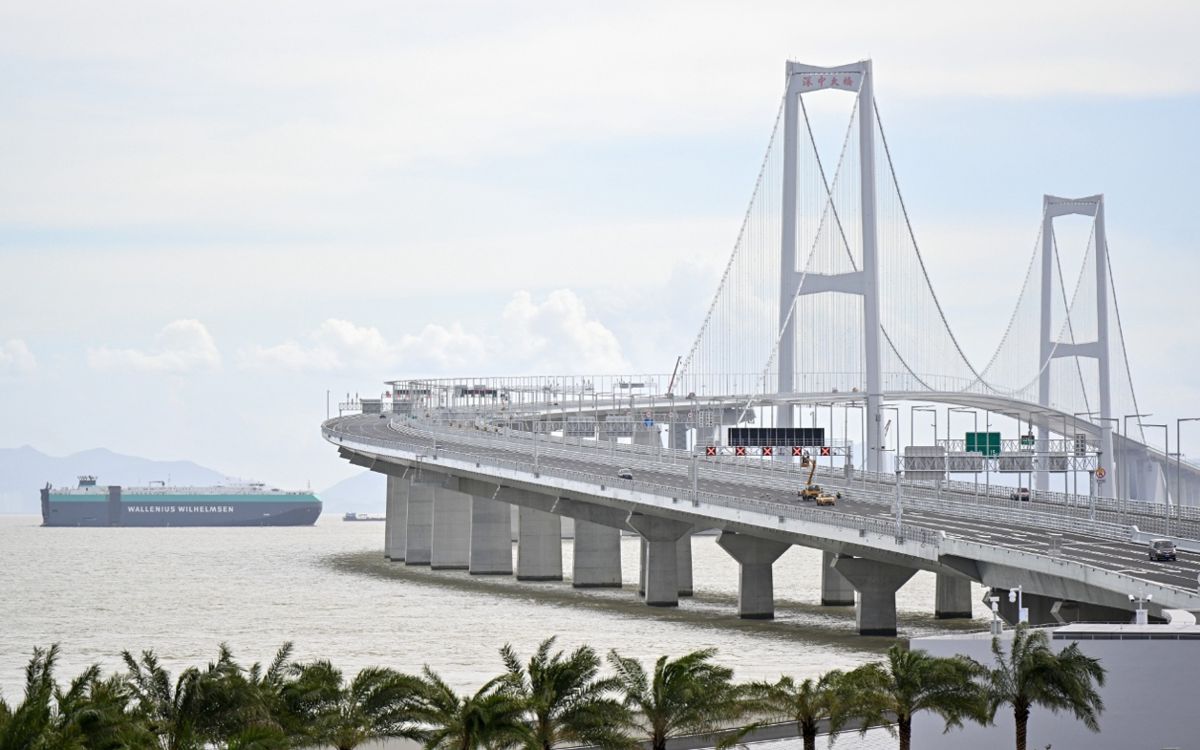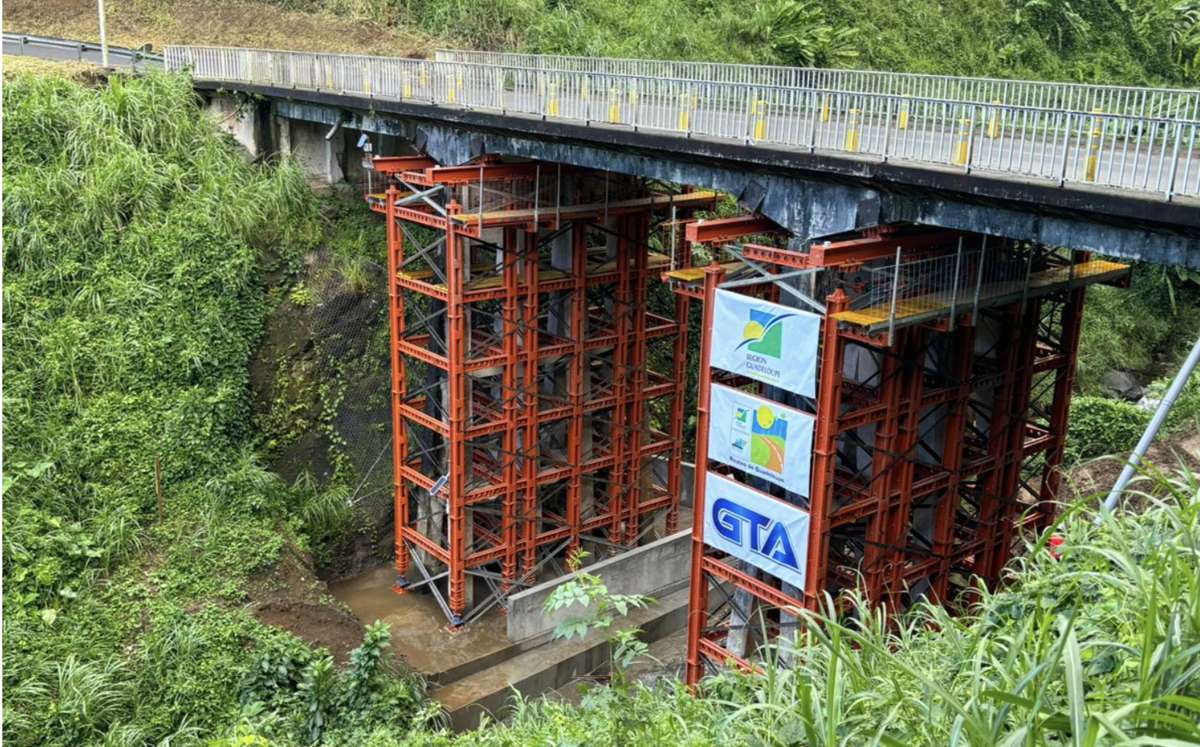Re-designed Jamarat Bridge successfully increases crowd safety during the Hajj Pilgrimage
Between Aug. 30 and Sept. 5, an estimated 3 million Muslims will complete their holy pilgrimage to Mecca as part of Hajj week, the largest annual gathering of people on Earth. With as many as 300,000 people expected to cross Jamarat Bridge every hour, leading engineers and technicians need to facilitate the safe movement of pilgrims at the site by implementing structural and technological updates while, at the same time, preserving the Bridge’s cultural and religious importance to visitors.
Along their journey, pilgrims will cross Jamarat Bridge multiple times in order to complete the ritual “Stoning of the Devil,” which is a key component of the pilgrimage. To ensure that crowds can move across the bridge safely, the Makkah Development Authority (MDA), which maintains the religious site, engaged Otis, the world’s leading manufacturer of people-moving products, to find a solution to crowd safety challenges at the structure.
The original bridge, constructed in 1963, had only two levels, but increasing numbers of Hajj pilgrims forced the government of the Kingdom of Saudi Arabia to demolish the original structure in 2006 and start from scratch. When the original structure was built, about 300,000 Muslims made the pilgrimage, but by 2005, that number had increased sevenfold to more than 2 million. Islam continues to be the fastest growing religion in the world, and the volume of pilgrims to visit Jamarat Bridge is expected to increase exponentially.
The rapid growth in traffic to the site necessitated a large-scale expansion. However, engineers and technicians had to remain mindful of the site’s historical and religious significance while they designed technological solutions and implemented the structural upgrades. Before the upgrade, crowd density could reach up to 11-15 people per square metre at peak times according to crowd control experts. Local officials report the solutions implemented now afford 1 square metre per person. The new bridge includes five levels, expanded ritual walls, hundreds of escalators, several elevators, two helipads, and an air conditioning system that can lower the desert temperatures inside to 29 degrees Celsius.
“With something this vital to Muslims worldwide, it is vital that outside factors do not disturb the true meaning of Hajj,” said Maged Nagib, vice president and managing director, Otis Middle East. “The re-construction of the Jamarat Bridge was an important step forward in terms of safety during the pilgrimage.”
The project saw the installation of a total of 338 people-moving solutions including a total of 308 escalators. There are 28 escalators in each of the 11 towers in the main bridge structure and 20 in the two external accesses to the bridge – the Sidki and Sabak links. The bridge is also equipped with six passenger elevators, two ambulance elevators and two helipad elevators. Each escalator can be used to transport pilgrims up or down in the structure depending on the flow of the crowd and guidance from the security force on the ground.
During the annual Hajj season, escalators, running 24 hours a day, transport as many as four million passengers daily with an estimated 12.5–15 million total rides estimated for 2017. Each pilgrim’s passage through the Jamarat Bridge is facilitated by way of at least one of the hundreds of Otis escalators moving people to the holy stone pelting ritual or helping them safely exit the bridge. To ensure that the millions visiting during Hajj move safely and smoothly through the structure, a team of approximately 200 highly skilled Otis technicians work around-the-clock monitoring and servicing the escalators and elevators. The average response time of this team during Hajj is just five minutes. The MDA has recognized Otis for its contributions to Hajj every year since 2012.
“We’re very proud to ensure the safety of pilgrims at the Jamarat Bridge,” said Fernando Condinho, managing director, Otis Saudi Arabia. “We take our responsibility very seriously with resulting 99% efficiency for our equipment here.”
The Jamarat Bridge was designed with the future in mind. If the rising number of pilgrims outgrows the Bridge, the structure can be expanded to accommodate increased capacity. If this expansion does indeed take place, the team at Otis is poised to solve the new challenges in crowd management.






